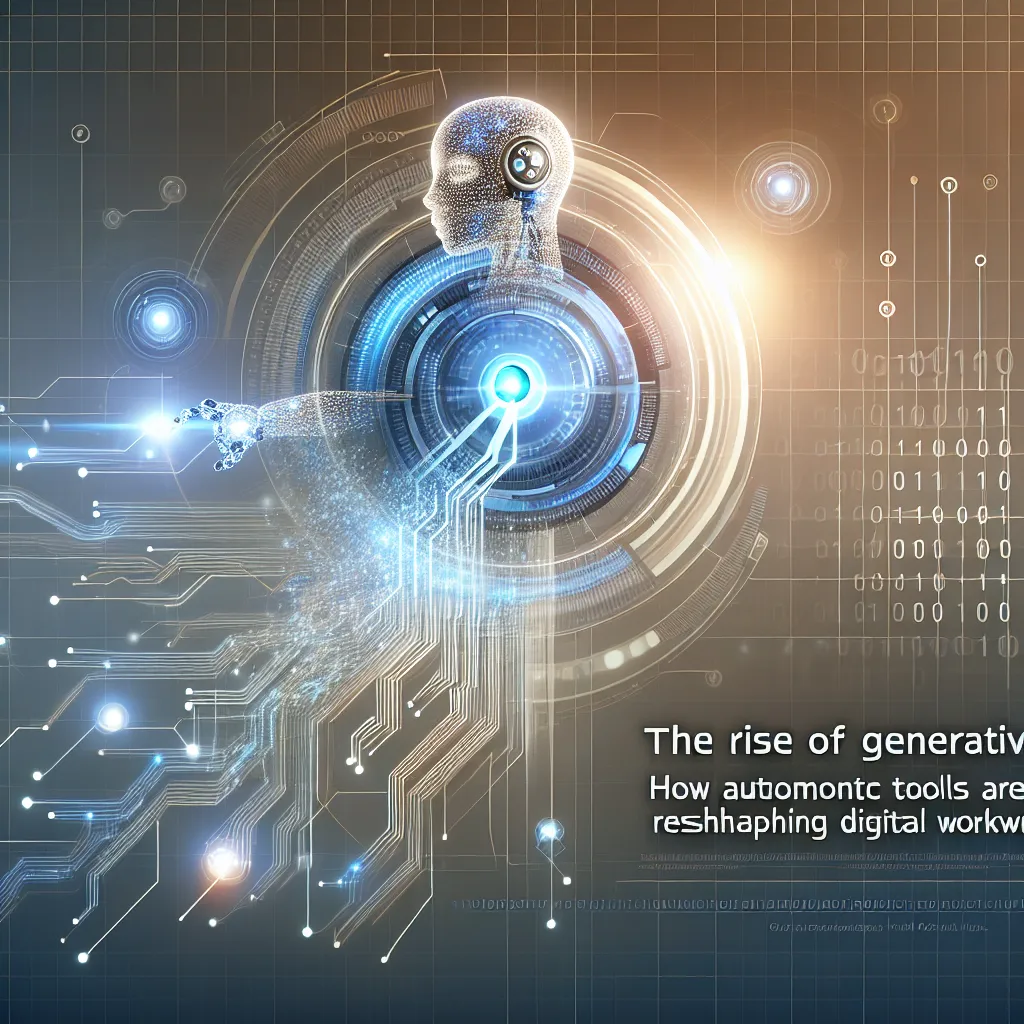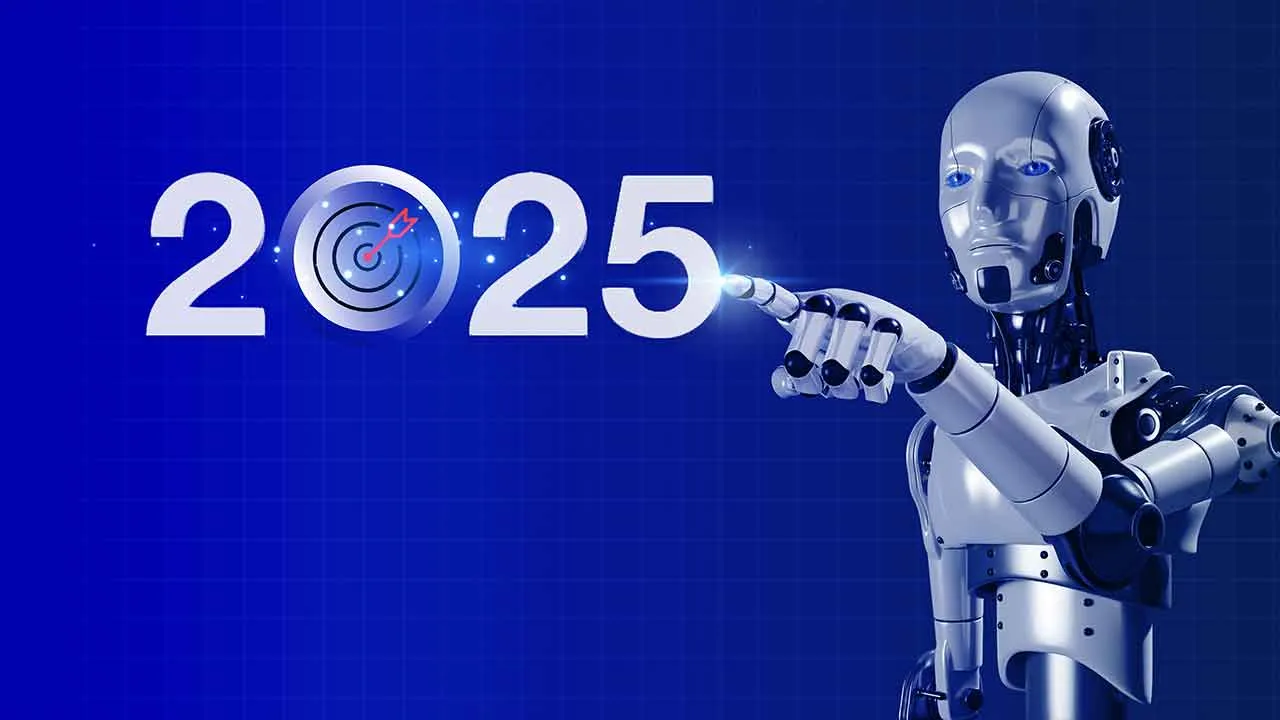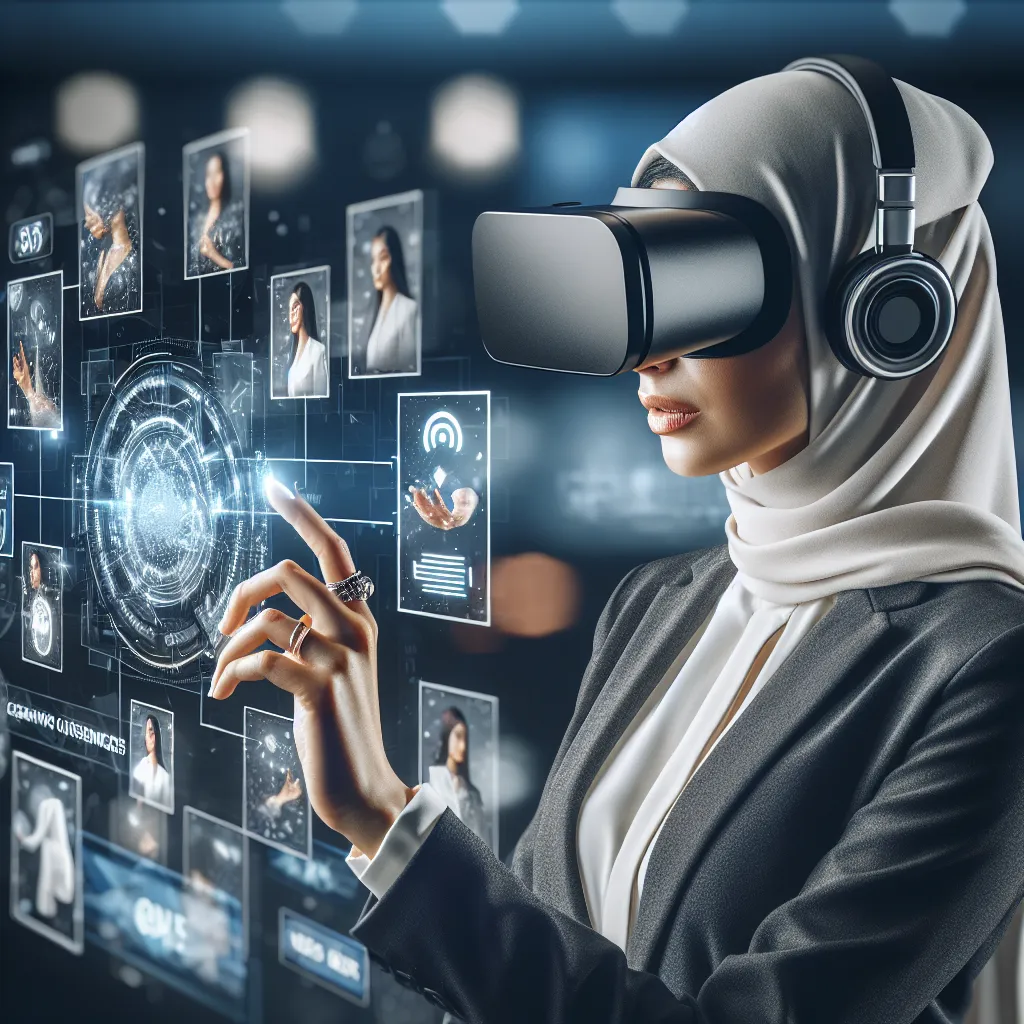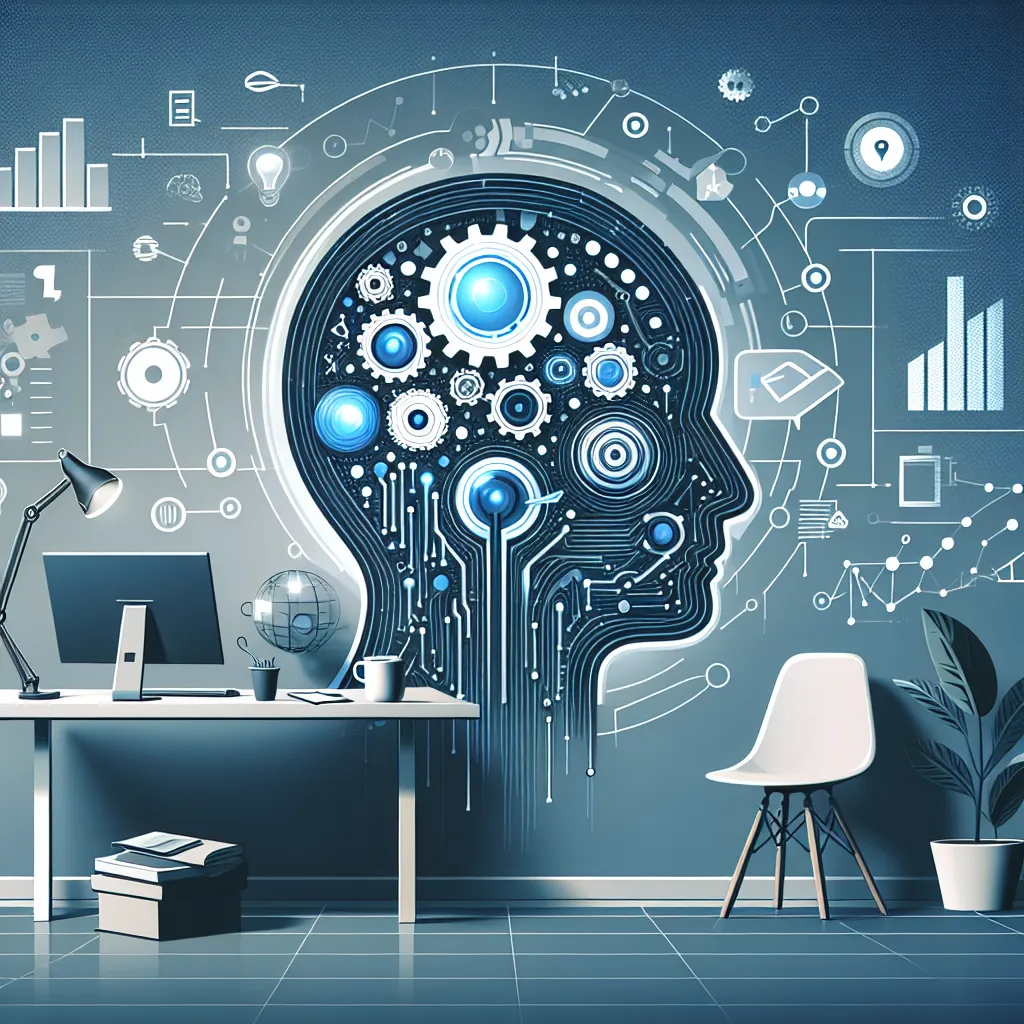The digital landscape is undergoing a seismic shift. Generative AI agents—autonomous tools powered by advanced artificial intelligence—are rapidly transforming how we work, collaborate, and create. From automating routine tasks to generating innovative solutions, these AI-driven agents are redefining productivity and disrupting traditional workflows. But what exactly are generative AI agents? How are they changing the future of digital work, and what should you know to stay ahead? Let’s dive in.
What Are Generative AI Agents?
Generative AI agents are autonomous systems that use machine learning and deep learning models to perform tasks, generate content, and make decisions—often without human intervention. Unlike standard automation tools, these agents are designed to learn, adapt, and create new outputs based on contextual data.
How Do They Differ from Traditional AI Tools?
- Autonomy: Generative AI agents can act independently, making decisions in real-time based on dynamic data inputs.
- Creativity: They don’t just follow rules—they generate new ideas, content, and solutions.
- Learning Capability: These agents continuously evolve by learning from new data, user feedback, and previous outcomes.
- Scalability: They can handle complex tasks across different domains, from marketing and customer support to software development and design.
The Impact of Generative AI Agents on Digital Workflows
The integration of generative AI agents into digital workflows is creating ripple effects across industries. Whether you’re a startup founder, a digital marketer, or an enterprise IT manager, understanding these impacts is crucial.
1. Automating Repetitive Tasks
AI agents excel at automating mundane, repetitive activities—freeing up human talent for higher-value work. Think of tasks like:
- Sorting emails and managing schedules
- Generating reports and data summaries
- Populating CRM databases
- Responding to basic customer inquiries
Tip: Start by identifying bottlenecks in your workflow where repetitive tasks consume too much time. These are often the best candidates for AI-driven automation.
2. Enhancing Creativity and Innovation
Generative AI agents don’t just handle the “busy work”—they’re increasingly used to augment creative processes. For example:
- Drafting marketing copy and blog posts
- Designing graphics and layouts
- Brainstorming product ideas or campaign strategies
- Writing code snippets or debugging software
“Generative AI is not about replacing human creativity, but amplifying it. The real magic happens when humans and AI co-create.”
— AI Industry Thought Leader
3. Improving Decision-Making
With the ability to analyze vast datasets and recognize patterns, generative AI agents can offer actionable insights and recommendations. This leads to faster, more informed decisions in areas like:
- Market trend analysis
- Financial forecasting
- Customer sentiment tracking
- Risk assessment
Key Benefits of Generative AI Agents
- Increased Productivity: By automating time-consuming work, teams can focus on strategy and innovation.
- Cost Savings: Reduced dependency on manual labor translates into lower operational expenses.
- Consistency and Accuracy: AI agents minimize human error and ensure standardized outcomes.
- Faster Turnaround: Tasks that once took hours or days can now be completed in minutes.
- Scalability: AI agents can handle growing workloads without proportionally increasing costs.
Tip: To maximize ROI, start with pilot projects and scale up as your team gains confidence in AI-driven processes.
Real-World Examples: Generative AI Agents in Action
Marketing and Content Creation
AI content generators like ChatGPT and Jasper are already crafting blog posts, social media updates, and ad copy at scale. Visual design agents, such as DALL·E and Canva AI, are revolutionizing graphic creation for marketing campaigns.
Customer Support
AI-powered chatbots and virtual assistants autonomously resolve customer queries, handle complaints, and provide 24/7 support without human intervention.
Software Development
Tools like GitHub Copilot and Tabnine assist developers by generating code, suggesting solutions, and even fixing bugs, accelerating the delivery of high-quality software.
How to Integrate Generative AI Agents into Your Workflow
Successfully implementing AI agents requires thoughtful planning and execution. Here are some practical steps to get started:
- Identify Workflow Pain Points:
- Map out your current digital processes.
- Spot repetitive, time-consuming, or error-prone tasks.
- Research Available AI Tools:
- Explore AI solutions tailored to your industry or workflow needs.
- Compare their features, integrations, and pricing.
- Start Small:
- Begin with a pilot project—test the AI agent on a limited scope.
- Monitor results and gather user feedback.
- Train and Customize:
- Fine-tune the AI with your data and workflows.
- Set up necessary automation triggers and permissions.
- Monitor Performance:
- Regularly review key metrics—accuracy, speed, and user satisfaction.
- Iterate and improve based on analytics and feedback.
Tip: Involve your team early in the process. Training users and addressing their concerns improves adoption rates and minimizes resistance to change.
Common Questions About Generative AI Agents
Are Generative AI Agents Secure?
Security is a top concern. Most reputable AI tools comply with data privacy standards, but it’s crucial to:
- Review the provider’s data handling policies
- Ensure encryption and user authentication
- Limit access to sensitive workflows
Will AI Agents Replace Human Workers?
No, generative AI agents are designed to augment—not replace—human teams. They handle repetitive or data-heavy tasks, allowing people to focus on creative, strategic, and relationship-driven work.
How Do I Choose the Right AI Agent for My Business?
Consider your workflow needs, integration capabilities, scalability, and user experience. It’s wise to:
- Read user reviews and case studies
- Request demos or trials
- Evaluate customer support and training resources
What Skills Do My Team Need to Work with AI Agents?
While technical expertise helps, most modern AI tools feature intuitive interfaces. Basic digital literacy, openness to change, and a willingness to learn are key.
Best Practices for Maximizing the Benefits of Generative AI Agents
- Stay Updated: The AI landscape evolves rapidly—keep learning and adapting.
- Emphasize Collaboration: Combine human insight with AI capabilities for optimal results.
- Prioritize Data Quality: Clean, relevant data leads to more accurate outputs.
- Monitor for Bias: Regularly audit AI-generated content to prevent unintended bias or errors.
- Encourage Feedback: Create channels for users to report issues and suggest improvements.
Tip: Set clear goals and KPIs before integrating an AI agent. This helps measure success and refine your approach over time.
Conclusion: Embracing the Future of Digital Work
Generative AI agents are no longer a futuristic concept—they’re a practical reality that’s reshaping digital workflows across industries. By embracing these autonomous tools, businesses can unlock unprecedented efficiency, creativity, and competitive advantage. The key is to start thoughtfully, involve your team, and view AI as a partner in innovation. As technology continues to evolve, those who adapt early will be best positioned to thrive in the digital era.
Ready to transform your workflow? Explore the latest generative AI agents, experiment with pilot projects, and set your business on the path to smarter, more autonomous work.



